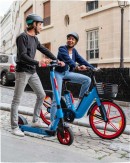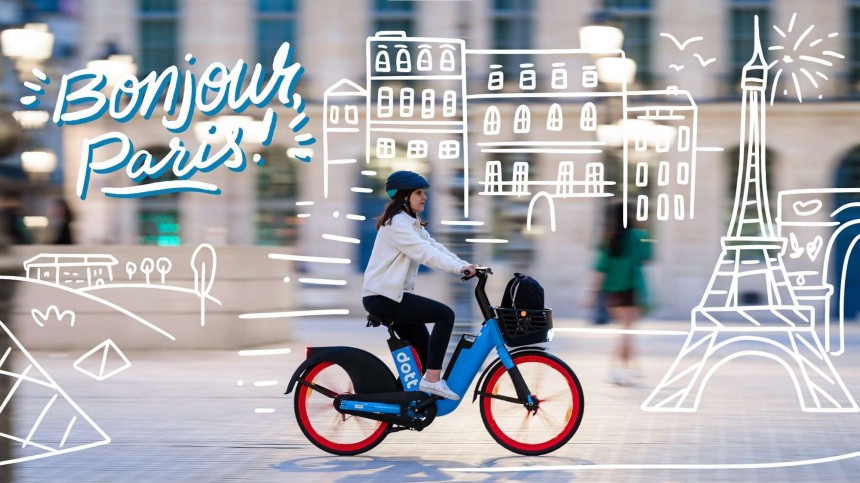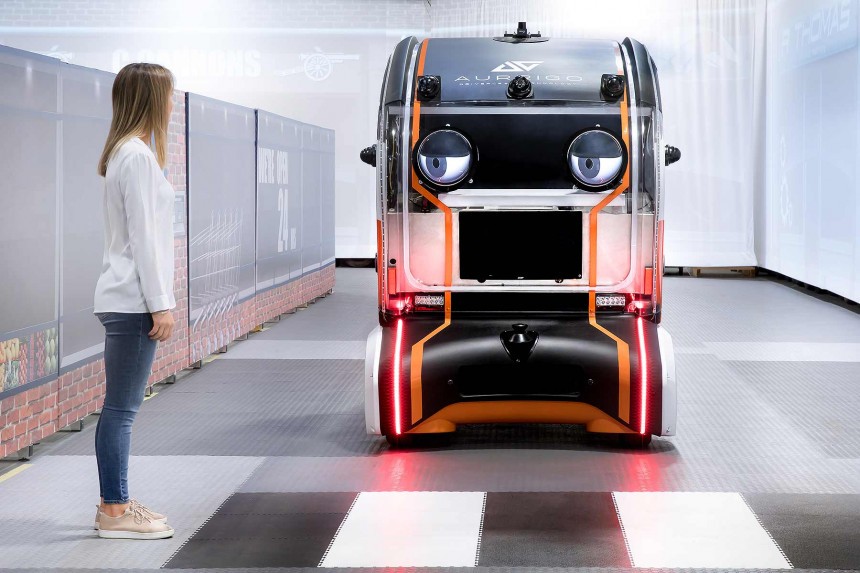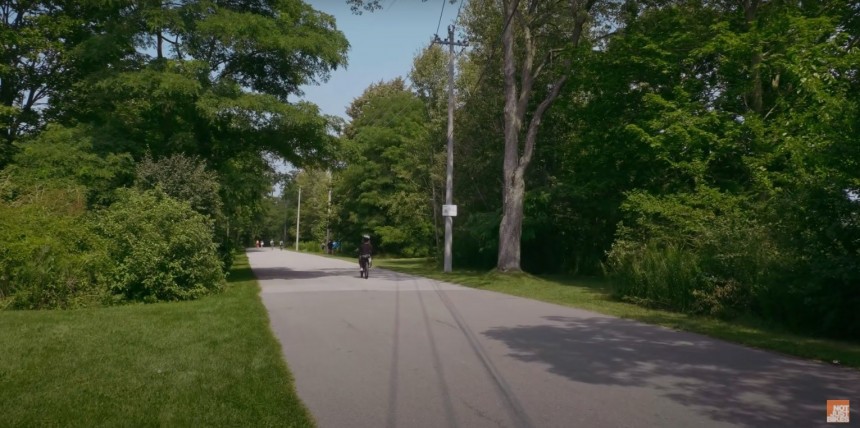Have you ever heard about the idea of car-free neighborhoods? Of course, you have, and you probably treated it like a utopian nightmare. Canada has two, but just one of them is in an area that is not entirely remote. While it is not a petrolhead's dream, it is interesting, to say the least.
Meanwhile, governments and local administrations across the world are wondering how to get people to stop driving in city centers and reduce their reliance on automobiles in the city. There are ways to do this without implementing bans of all sorts, but the latter work if they are a part of the "carrot and stick" methodology.
The idea with the "carrot and stick" is that citizens would be motivated to use public transportation by convenience, cleanliness, discounts, and other such benefits, while they would be discouraged to just drive their cars and park them in a city's center or in usually crowded areas by implementing fees to curb that behavior.
The fees would then fund public transit, so it would be a win-win, instead of a cash cow as red-light cameras or speeding cameras have been found to be in some places of the world.
At the same time, some cities, such as Paris, have experimented with car-free days, restrictions based on vehicle age or emissions norms, as well as closing off important streets to cars so that cyclists and pedestrians can use them at will. This method only works if there is a dramatic improvement in everyone's day when this happens, which is not often the case. The French capital also has a thing for speed restrictions.
Instead, some people get to enjoy the possibility of walking on an otherwise crowded boulevard, while others are angry because they must take many detours to get to where they are going.
Truth be told, there is no simple, one-size-fits-all solution to this problem. There will always be someone unhappy with how things are, and this happens because most cities in the world have been designed for cars, not for people.
Each measure has its effectiveness, but real improvement happens when several of these benefits add up. Let us think this through for a bit. Imagine you could have reliable public transportation all day long, as well as most of the night, in your city.
Go further and imagine that you would know that the bus you are waiting for is on time, and the town's connected app lets you watch its route live as it approaches your station.
Since you used a shared bicycle yesterday, you now get a discount on your bus fare, and you can get a discount on other mobility services tomorrow. Would you leave your car at home today and tomorrow?
It is often a case of convenience, laziness, and a matter of perception. You may be inclined to think that driving to work is more comfortable, as you sit in your car all the way to the office, or that you can play your favorite music in your car.
Most people will think the same about theirs, and the collective perception would have everyone wanting a car, a parking space, and the possibility to park right in front of their desired destination as if that can magically happen for everyone.
This is why you may notice that whenever a road gets crowded, people demand more lanes placed on that road or offer a detour that can handle the extra traffic.
Instead of getting everyone moving again, the new road will only move to the point where the traffic clogs up, and this happens because of poor city planning, the human factor, and other variables.
Some cities in this world have proven that cycling and walking can replace driving or being driven in a vehicle for certain tasks, such as going to school, high school, or university.
It also applies to commuters who go to work, and countries like Sweden have proven that it can be done. While that is true for them, it does not apply in every city across the world.
The biggest problem is that if individuals decide to pick up cycling as their method of commuting instead of driving or using public transit, they immediately expose themselves to more risk. That is because they may get hit by a vehicle that is driven on the same road that they are using.
Even if 90 percent of the people in your town magically decide to ride a bike to work the next morning, there would still be drivers using their cars, and accidents may occur if people do not stick to the rules, which is just a matter of individual behavior, so you cannot know what kind of risk someone else will take on the road today.
In other words, some places make it hard for people to leave their cars at home or not to own a car at all while offering limited options for those who commute to work using a bicycle, public transit, or on foot. The latter is a tough ask in North America but possible in some European cities.
So yes, it may not be entirely your fault that the city you live in has crowded traffic. On the other hand, having poor city planners who have not considered efficient and eco-friendly commuting should not be an excuse to use your car everywhere, either.
With that behind us, this is how one of the few car-free neighborhoods in the world operates and why it works that way. I must admit, I was a bit intrigued by the whole idea, and it is interesting to learn when, why, and how it came to be.
The sad part is that even if you like it, there is no chance that the city you live in will ever have such a neighborhood, and you cannot move to the one in the video, either, as there is a long waiting list for any potential house shopper.
The idea with the "carrot and stick" is that citizens would be motivated to use public transportation by convenience, cleanliness, discounts, and other such benefits, while they would be discouraged to just drive their cars and park them in a city's center or in usually crowded areas by implementing fees to curb that behavior.
The fees would then fund public transit, so it would be a win-win, instead of a cash cow as red-light cameras or speeding cameras have been found to be in some places of the world.
At the same time, some cities, such as Paris, have experimented with car-free days, restrictions based on vehicle age or emissions norms, as well as closing off important streets to cars so that cyclists and pedestrians can use them at will. This method only works if there is a dramatic improvement in everyone's day when this happens, which is not often the case. The French capital also has a thing for speed restrictions.
Truth be told, there is no simple, one-size-fits-all solution to this problem. There will always be someone unhappy with how things are, and this happens because most cities in the world have been designed for cars, not for people.
Each measure has its effectiveness, but real improvement happens when several of these benefits add up. Let us think this through for a bit. Imagine you could have reliable public transportation all day long, as well as most of the night, in your city.
Go further and imagine that you would know that the bus you are waiting for is on time, and the town's connected app lets you watch its route live as it approaches your station.
It is often a case of convenience, laziness, and a matter of perception. You may be inclined to think that driving to work is more comfortable, as you sit in your car all the way to the office, or that you can play your favorite music in your car.
Most people will think the same about theirs, and the collective perception would have everyone wanting a car, a parking space, and the possibility to park right in front of their desired destination as if that can magically happen for everyone.
This is why you may notice that whenever a road gets crowded, people demand more lanes placed on that road or offer a detour that can handle the extra traffic.
Some cities in this world have proven that cycling and walking can replace driving or being driven in a vehicle for certain tasks, such as going to school, high school, or university.
It also applies to commuters who go to work, and countries like Sweden have proven that it can be done. While that is true for them, it does not apply in every city across the world.
The biggest problem is that if individuals decide to pick up cycling as their method of commuting instead of driving or using public transit, they immediately expose themselves to more risk. That is because they may get hit by a vehicle that is driven on the same road that they are using.
In other words, some places make it hard for people to leave their cars at home or not to own a car at all while offering limited options for those who commute to work using a bicycle, public transit, or on foot. The latter is a tough ask in North America but possible in some European cities.
So yes, it may not be entirely your fault that the city you live in has crowded traffic. On the other hand, having poor city planners who have not considered efficient and eco-friendly commuting should not be an excuse to use your car everywhere, either.
With that behind us, this is how one of the few car-free neighborhoods in the world operates and why it works that way. I must admit, I was a bit intrigued by the whole idea, and it is interesting to learn when, why, and how it came to be.
The sad part is that even if you like it, there is no chance that the city you live in will ever have such a neighborhood, and you cannot move to the one in the video, either, as there is a long waiting list for any potential house shopper.










































